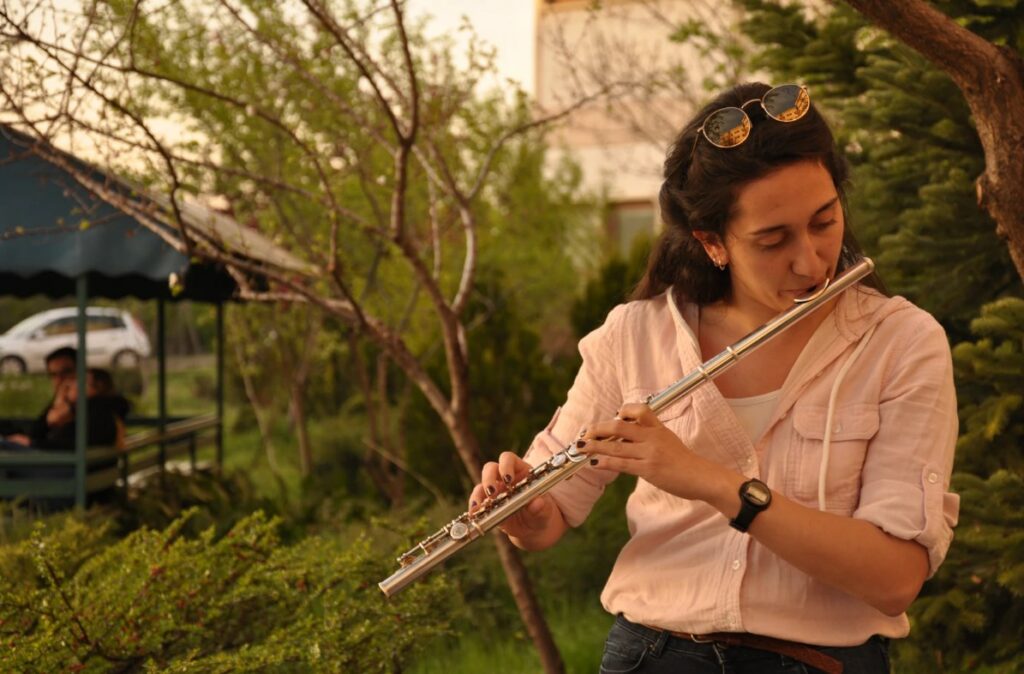- Top Trumpet Embouchure Techniques: Options for Beginners Through Professionals - October 12, 2022
- Is the Trumpet Hard to Learn? - September 30, 2022
- Best Leblanc Clarinet Models Guide: From Soprano to Contrabass - September 5, 2022
I love playing the flute and piccolo, but that doesn’t mean everything is perfect. Sometimes, I have to use a piccolo vs. flute fingering guide to make sure I remember how to place my hands to get the right notes.
Despite both being in the concert flute family, flute and piccolo fingerings aren’t identical. If you want to play both instruments, you should know how the fingerings compare.
Bottom Line Up Front: The piccolo and flute fingerings differ in the low and high registers but also when it comes to alternate fingerings. Use a good fingering guide to help learn how to play each of these flutes.
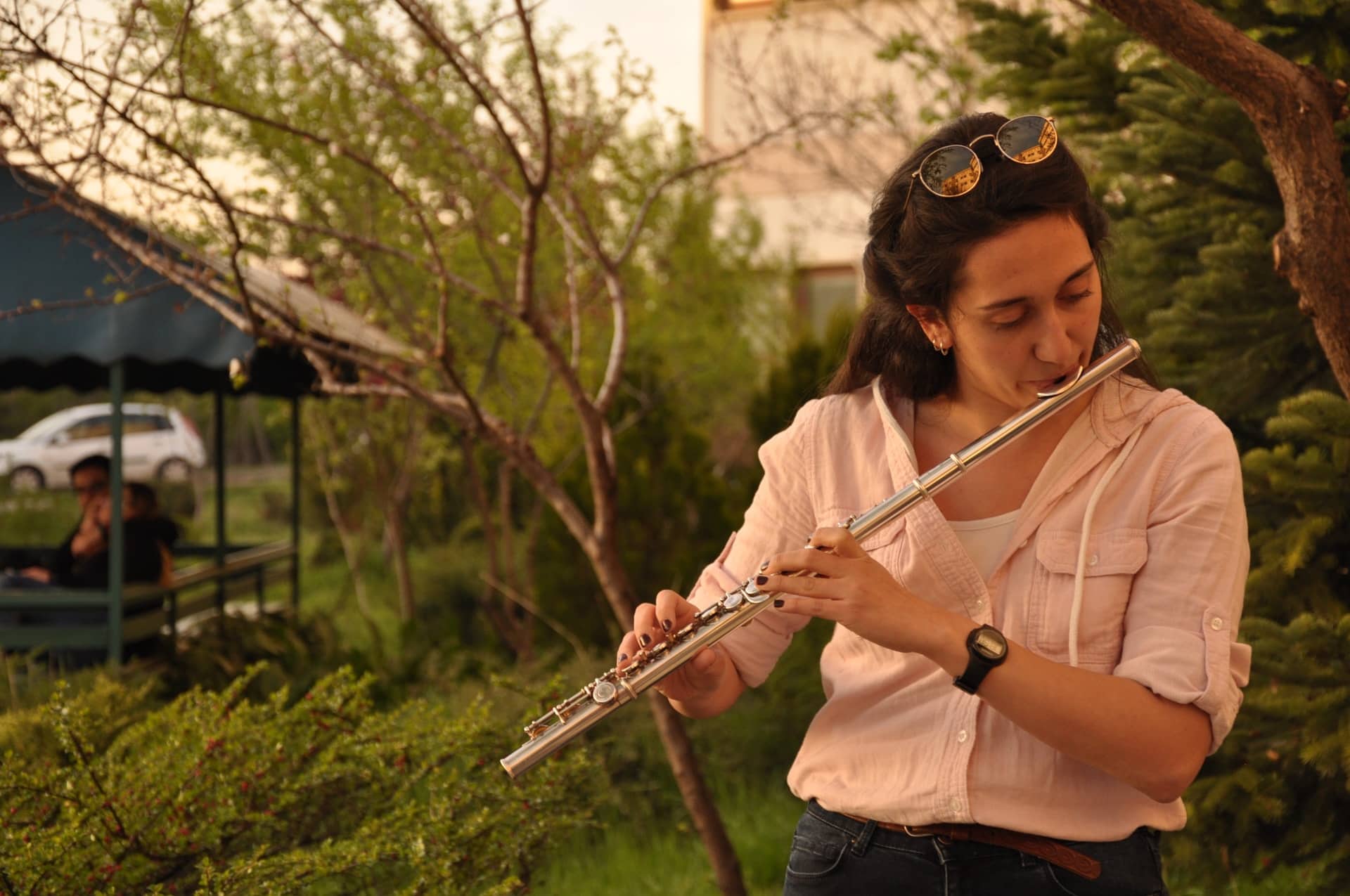
The Main Difference Between Piccolo and Flute Fingerings
The main differences between piccolo and flute fingerings are:
- Piccolos can play to a low D whereas flutes can play to a low C or B
- Piccolos can play up to a high C whereas flutes can play up to a high D or higher
- Piccolo fingerings sound an octave higher than written whereas flute fingerings are at concert pitch
- Piccolos require more alternate fingerings whereas flute fingerings tend to be more standard
- Piccolo fingerings are always a semitone apart whereas flute fingerings can produce microtones
Consider some more details on the differences between the fingerings.
The Lowest Notes
The lowest note that a piccolo can play is a written D4, which is just below the treble clef staff. While that was the case for the flute in the Baroque era, the flute’s range has grown.
Now, most flutes can go down to a written middle C (C4), which is a note below that low D. Some flutes, especially at the intermediate and professional levels, can reach a B below that (B3).
I’ve even seen a flute that can go to a low A, though that’s a very rare model. Most flute players have a flute with a C or B footjoint, and most piccolo players have a piccolo with a low D.
There are some piccolos with a low C or B, but that’s very uncommon. Also, those piccolos cost close to $10,000, so they aren’t exactly budget-friendly.
The Highest Notes
On the other end of the range, the flute tends to go a bit higher (on the page anyway). The piccolo can usually play up to a written C7, which is more than an octave above the staff.
If you play your flute, you may be able to play a bit higher. I’ve memorized the fingering for a written D7, which is a second above the highest note I can produce on my piccolo (ignoring the transposition, of course).
You can play those really high notes on a piccolo. However, they typically require you to play a metal piccolo or a gold headjoint, and they aren’t the most practical pitches.
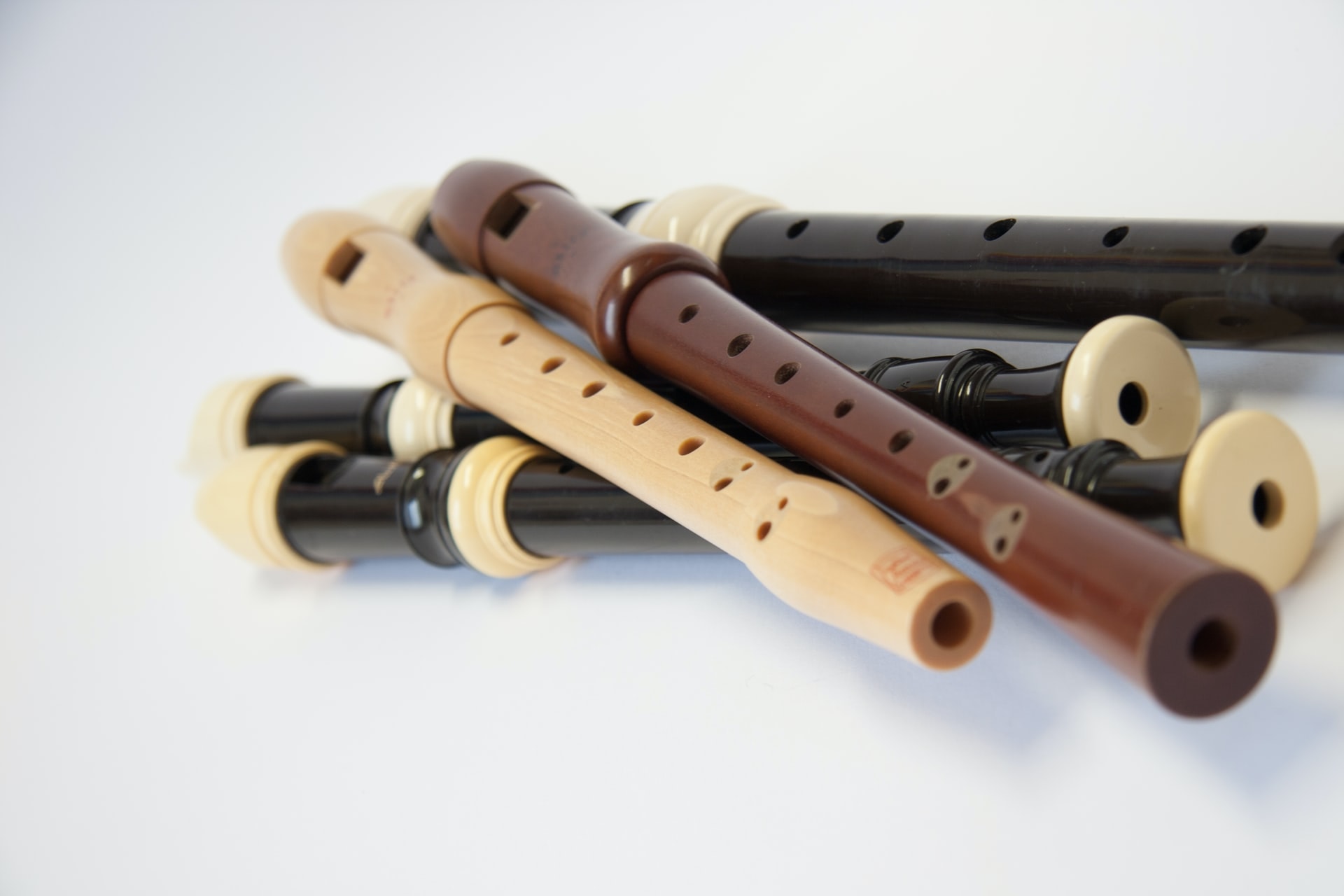
The Transposition
When you learn piccolo and flute fingerings, consider how both instruments transpose. The flute is a non-transposing instrument, which means that the note you see on the page is what you’ll hear when you play it.
However, the piccolo sounds an octave higher than written. The note name will be the same, so you don’t have to worry about that, but it’s still important.
That means the first octave of the piccolo sounds like the second octave on the flute. Keep that in mind when practicing or even writing music for both instruments.
The Use of Alternate Fingerings
I tend to use more alternate fingerings when I play the piccolo than when I play the flute. For example, try holding a C# in the staff on both instruments.
If you have a C# trill key on your flute, you can use that key to stabilize the note. However, with the exception of really expensive models, most piccolos don’t have that key, so you have to use your right hand to close holes to help the pitch.
The top octave of the piccolo tends to require even more alternate fingerings. If you don’t have a high G# facilitator, you may need to use your right hand to help adjust the pitch of the third-octave G#.
Those fingerings aren’t as necessary when you’re playing the standard C flute. You may have more specs to help, or the pitch just isn’t as unsteady.
The Ability to Produce New Pitches
If you play a lot of contemporary music, you may have come across microtones. These are tones that fall between the standard 12 notes of the western scale, like between C and C#.
Many flutes have open-hole keys that make microtones easy to play. On the piccolo, you can play those notes, and I have done so in pieces like Death Whistle by Nicole Chamberlain.
However, you have to use different fingerings because most modern piccolos have closed holes. There are some vintage piccolos with open holes, but those are hard to find and may be expensive.

Most Piccolo and Flute Fingerings Are the Same
Keep in mind that while there are differences, most fingerings are the same on the piccolo and flute. You can look at the mechanism of each and see that the keys look very similar.
That’s because the flute inspired the design of the piccolo, and they’re part of the same family of instruments. Just like how you can use the same fingerings on all saxophones, the same is true for all types of flutes.
If you want to learn the fingerings for both instruments efficiently, here are some of my best tips.
Learn the Flute First
You may be able to learn the piccolo first, but it will be very difficult. The flute is more forgiving and uses a larger embouchure, so it’s a better option for beginners.
When you start learning the flute, you’ll learn fingerings for a few notes. Most beginners learn the B, A, and G in the staff during their first lesson or two.
Be sure to practice the flute consistently, and slowly learn more of the notes on the instrument. After you’re comfortable playing the entire range, you can add the piccolo into your practice routine.
Switch Back and Forth
To help keep up with flute and piccolo fingerings, practice both instruments regularly. You can also practice both instruments in a single session and practice switching between them.
I use a Hercules Flute Stand so that I have a safe place to rest each instrument when I’m not playing it. This is a great option if you may need to play a piece that requires you to use both instruments.

That way, you won’t have to rest your flute or piccolo on your lap. And if you practice switching instruments now, you won’t have to learn that skill later.
Treat Each Instrument as Its Own
While the flute and piccolo have a lot of similarities, there are just as many differences. Try not to think of the piccolo as “just a small flute.”
When you play it, try to become a piccolo player. If you’re just starting the instrument, treat yourself as a beginner, and go through your beginner flute books to learn the piccolo.
I’ve found that thinking of each instrument as its own helps a lot. That way, I don’t use the flute embouchure on the piccolo or vice versa, and I do that with fingerings, especially alternate fingerings.
Best Piccolo and Flute Fingering Charts
I could try and explain the different fingerings for the flute and piccolo. However, that’s very difficult with all of the keys on both instruments.
Fortunately, I’ve used a few different resources for flute and piccolo fingerings. If you prefer to use a website, The Woodwind Fingering Guide has standard fingerings, alternate fingerings, trills, and more.
However, you may prefer to use books, in which case, here are some of my favorites.
Rubank Elementary Method
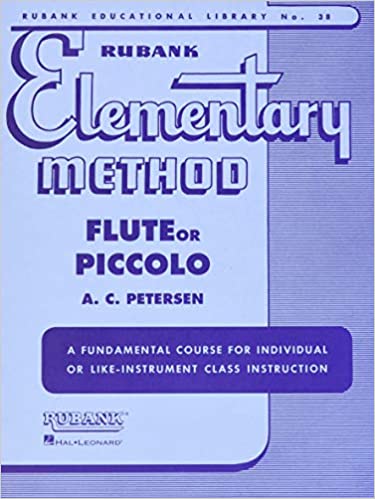
The Rubank Elementary Method for Flute or Piccolo is a good book for beginners. It’s a full method book with exercises and everything, but it comes with a comprehensive flute fingering chart.
You can also get the intermediate and advanced books, which have trill charts and more advanced exercises. The main fingering chart is a bit hard to read, but this book has been around for decades.
It’s also relatively affordable, so it’s perfect for anyone on a budget. You can easily refer back to any of the fingering charts when you need to learn a new note or remember a special fingering.
Pros
- Great for beginners
- Affordable
- Easy to use
- For flute and piccolo
Cons
- Hard to read
- Not just a fingering chart
Trevor Wye Practice Book for the Flute Volume 6

If you need to learn some more advanced flute fingerings, Trevor Wye Practice Book for the Flute Volume 6 is great. It covers fingerings for the third and fourth octaves as well as some trill fingerings.
You will get this volume included if you buy the new version of the Omnibus Edition. However, I bought the old edition, which separated volume 6 from the first five books.
This book also has some good fingering exercises to help you practice the notes throughout the flute range. It’s a great resource for more serious players, but beginners may find it overwhelming.
Pros
- Good for serious players
- Comes separate or part of a bigger book
- Has high register fingerings
- Includes trills
Cons
- Not for beginners
- Not the most helpful for piccolo
Jan Gippo the Complete Piccolo

Jan Gippo’s The Complete Piccolo is a great resource for piccolo players. It contains a long list of piccolo fingerings that spans almost 20 pages.
Each fingering includes a brief description of how it can help. That’s super nice when you’re trying to decide when to use a fingering while playing the piccolo.
I’ve used this book on and off since I was in college, and I still reference it. Not only can you find fingerings, but you can learn about piccolo history and repertoire.
Pros
- Long list of piccolo fingerings
- Explanation of each fingering
- Good for serious players
- Has other details
Cons
- No practical exercises
- Chart can be hard to read
How to Read a Piccolo or Flute Fingering Chart
Unfortunately, not all piccolo or flute fingering charts use the same system. They all show the standard fingerings, and some charts take it a step further.
However, the way the charts lay out each fingering can differ. I’ve seen two main systems of notating fingerings, so you should understand how both work.
That way, you can use any fingering chart that you may come across.
Numbered System
The easier way to notate fingerings yourself is to use a numbered system. This is where you assign a number to each fingering of both hands.
For flute and piccolo, 1 usually corresponds to the index finger, 2 to the middle finger, 3 to the ring finger, and 4 to the pinky. Most charts use the letter T to represent the left thumb.
You may see a small b to represent the Bb thumb key. Other keys might use an apostrophe or a small degree sign, and it can depend on the fingering chart.
When using this method, you’ll see the letters and numbers that you need to press down to produce the fingering. Some charts will leave gaps for the fingers you don’t use to help make the chart easier to read.
Fingering Diagram
Other fingering charts use a diagram of the flute keys. They’ll fill in the circles that represent the keys you’re supposed to press down to play the note in question.
Different charts use various symbols to represent the pinky keys and trill keys. Some may use small lines, while others use the letters that correspond to the note names.
If you want a visual example of this system, check out Bret Pimentel’s Fingering Diagram Builder. You can see how the circles and shapes may look.
I’ve also seen some charts that act as a table with the key or note name on the side. They’ll mark the keys you have to press for each note, and this is how the Rubank chart works.
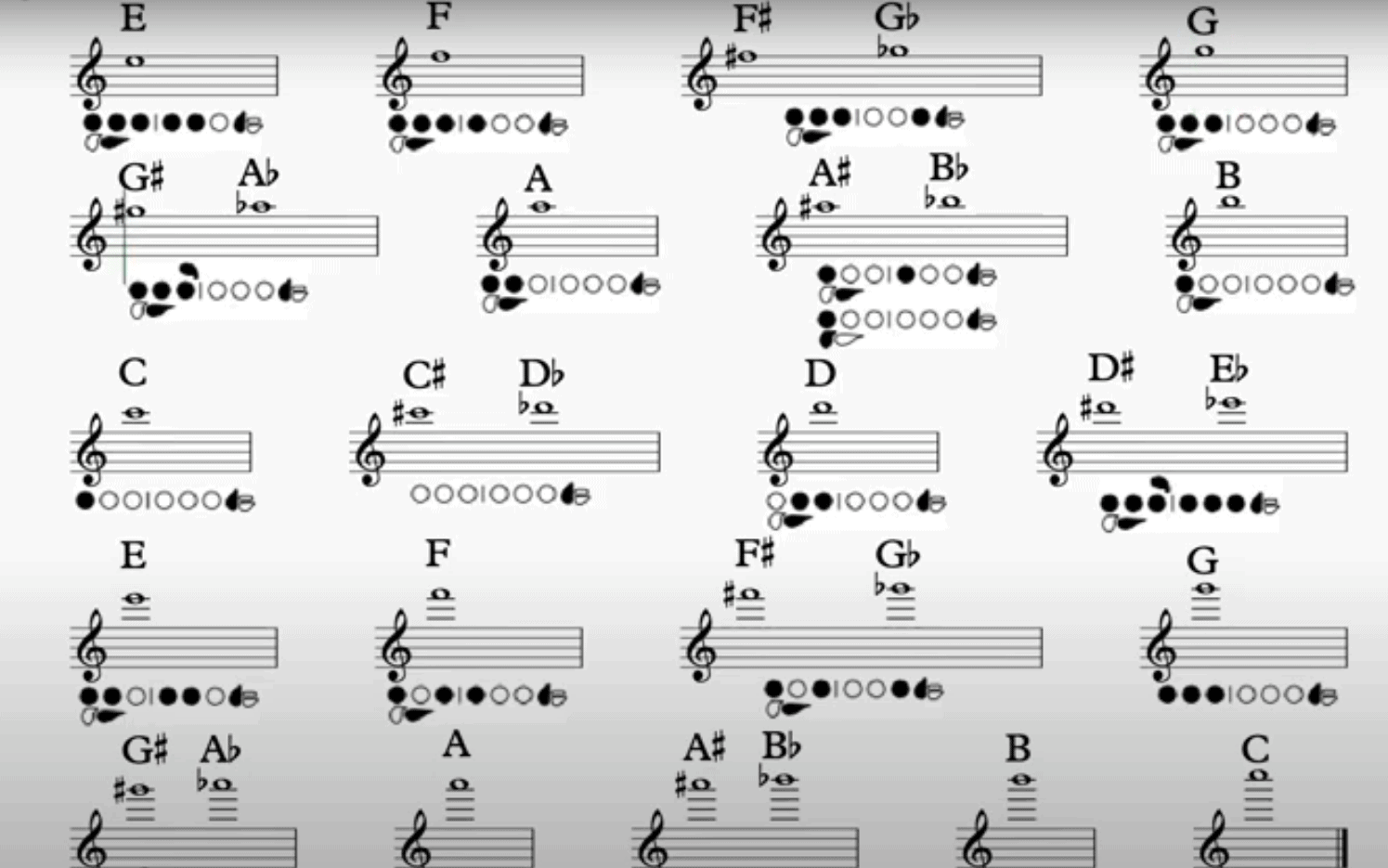
FAQs about the Piccolo vs. Flute Fingering Guide
Answer: The different fingerings have a lot to do with the mechanics of each instrument. For example, the piccolo has fewer keys, so it has a smaller overall range than the flute.
Also, the piccolo’s conical bore can affect when you use alternate fingerings. The flute has a cylindrical bore, so that may not require different fingerings as much.
Answer: It may seem like the piccolo is easier because there are fewer notes. However, the flute is much easier, especially if you’re new to both instruments.
But if you know how to start learning the piccolo, you may find it’s easier than you think. Also, your interest in both instruments comes into play because you’ll get better at an instrument that you want to play, which can make it seem easy.
Answer: The piccolo has a lot of alternate fingerings for various reasons. First, these fingerings can help you correct the pitch since the piccolo can be hard to keep in tune with regular fingerings.
Some alternate fingerings also help you sustain certain pitches at softer volumes. This is particularly important when you’re playing in the high octave of the piccolo.
Final Note on the Piccolo vs. Flute Fingering Guide
Whether you’re a beginner or have played for years, it never hurts to consult a piccolo vs. flute fingering guide. The two instruments share many fingerings.
However, their differences can have a huge impact on your playing. Be sure you understand when to use different fingerings as you switch between the flute and piccolo so that you can sound good on each instrument.
For more interesting readings check out:



